Frank DeFilippo: A Primer on How to Play the Election Game in a Jammed Field of Candidates for Governor
In crowded Democratic primary elections, smart candidates play the percentages.
When Comptroller Peter Franchot, his resume boasting 35 years in elective office, announced his candidacy for governor ahead of the pack, he might have foreseen — but failed to scare out — a rush of eight other candidates for the open seat to succeed term-limited Gov. Lawrence J. Hogan Jr. (R).
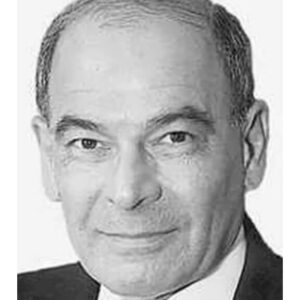
Frank A. DeFilippo
Ditto Doug Gansler, who served eight years as attorney general, then lost in the 2014 Democratic gubernatorial primary. The same can be said of Tom Perez, to a lesser degree but no less significant, as much of his public service has been administrative and not elective.
And add to the mix Rushern Baker, a veteran of the General Assembly and two terms as Prince George’s County executive but who lost his first turn as a candidate for governor to Ben Jealous in the 2018 primary.
And all of a sudden, on and on down the list of declared Democratic candidates, there’s a crowd, an impressive A-list of over-achievers scrambling the numbers in a traditionally low-turnout primary election state. They must look and the numbers and think, hey, why not me?
Check ‘em out: Wes Moore, author, Rhodes Scholar, foundation executive; John King Jr., Obama administration education secretary; Ashwani Jain, Obama White House staffer; Jon Baron, Clinton administration Defense Department official and nonprofit executive; Mike Rosenbaum, Clinton administration economist, entrepreneur and philanthropist.
Whew! They’re flogging us with diplomas and degrees. And to think back to the 1960s, when the political machine stamped out loyal candidates, Baltimore’s three members of Congress — Samuel Friedel, George H. Fallon and Edward A. Garmatz — all powerful committee chairmen, together probably didn’t add up to a high school diploma.
So this far out from the June 28 primary, it is not to say that the field of candidates is fixed at nine. The law of diminishing returns is at work. As the number of candidates increases, the number of votes needed to win the primary decreases, though not proportionately, and surely that formulation might seem attractive to fence-sitters and headline-hogs waiting for the right moment to plunge in or stay put.
For candidates with built-in advantages, it’s everybody into the pool. The percentages say the more the merrier. And they, of course, are those with hashtags and high name recognition — although that can be a drawback as well because in some cases voters might recognize the name.
Again, Franchot, Gansler, Perez and Baker fall into the category of the familiar. They’ve been around the arena for a while and have ready constituencies of applauders to build campaign organizations on.
But even low visibility and name recognition can be overcome these days with the world in voters’ pockets and purses and the entire universe of communications contained in a ubiquitous sliver of a gadget.
Endorsements are better to have than not, but their worth is measured by how many votes the endorser can deliver beyond the paper the stamp of approval is printed on.
But it is worth retelling that in the 2002 Democratic primary, an unknown Montgomery County grocery clerk named Robert Fustero collected 108,659 votes that at the time were considered a vote of no confidence against Kathleen Kennedy Townsend, a signal that she was in irreparable trouble. And she was. Townsend was denied a victory as heiress apparent that year by Republican Robert L. Ehrlich Jr.
What adds interest to this season’s roster of Democrats, however, is the entry of a number of candidates of color. To be sure, their presence further shakes up the size and the inclinations of the voter turnout.
Demographics may be destiny, depending on the coloration and the size of the voter outpouring on primary day. In 2018, for example, Jealous won in a field of nine candidates with 231,000 votes of 414,519 cast in a 28.9 % turnout.
In 2014, Rep. Anthony Brown, then lieutenant governor, won with 249,398 votes and only 68,259 in his own Prince George’s County, a disappointing showing in a 16% turnout that presaged his defeat in the general by Hogan, also of Prince George’s where his father had been county executive for two terms.
Of Maryland’s population of more than 6 million, the subgroupings include 31% Black residents, 6.7% Asians, 6% Latinos, 50% whites, and, of course, others, a dramatic shift in demographics over the decade since the last headcount in 2010. The Black population of 31% is roughly the same as the percentage of the Black makeup of the Maryland Democratic party.
The latest registration figures available show that there are 2.257 million Democrats, 997,998 Republicans and 799,424 unaffiliated, or independents, as they prefer to be called. Take another look and it’s obvious that unaffiliated voters are out-registering Republicans and trail the GOP by fewer than 200,000 voters.
Independent voters constantly bellyache that in Maryland they are prevented from voting in primary elections. Maryland is among the 14 states and the District of Columbia where at least one party has closed primary elections. (Several years ago, the Baltimore City Republican party opened its primary election to voters of every stripe, but in the 10-1 Democratic City, the gesture was futile.)
And that is as it should be. Primary elections are family affairs and don’t need outsiders butting into their business as they sort out who’ll represent them in the general election. Besides, independents, by choice, thumb their noses at both major parties by their registration, so why, it is fair to ask, should they be allowed to participate in party decisions?
Playing the percentages is a form of triage — candidates should know which voters they have, which voters they don’t have and which voters they hope to persuade. They build from there by chasing the undecideds, or persuadables, and leaving the votes they know they don’t have to other candidates.
Smart candidates do not stop and ask for directions. They begin by making certain their base is secure and they build from there.
Primary elections differ from general elections in that they are built around organization more so than issues. It’s fine to wave lofty position papers and wear your thumbs down with digital statements every time an opponent barks. But primary elections are won more on the ground than over the air or across the Internet.
In a state with low-to-moderate primary voter turnouts, the percentages favor the candidate with the best organization where in a nine-candidate field it’ll take about 30-35% of the vote — maybe even less — to bring home the pork chop.
The new politics are really the old plugged into computers. Algorithms may have replaced muldoons, but the name of the game is still the same — identify your vote, organize and get it out on election day. The percentages will do the rest.
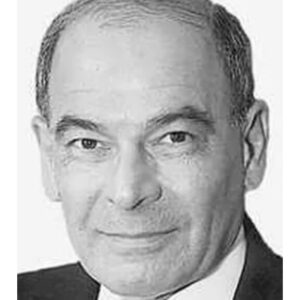
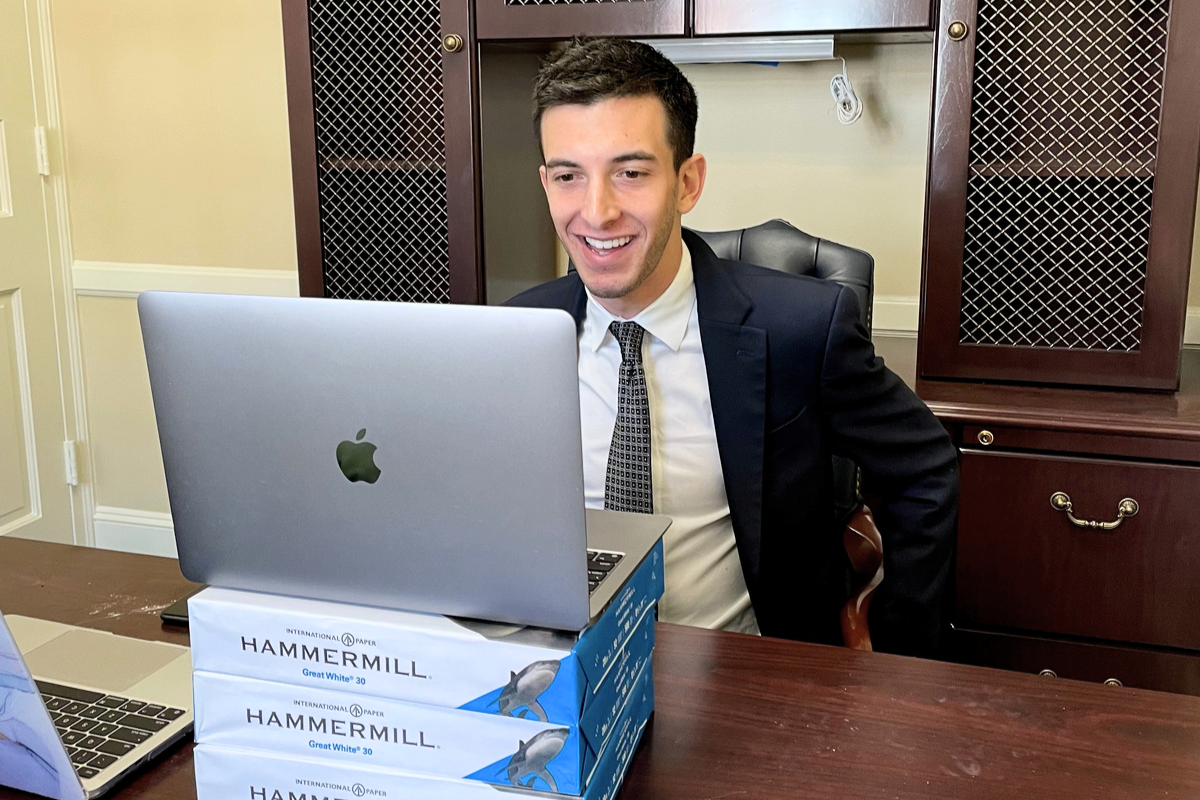
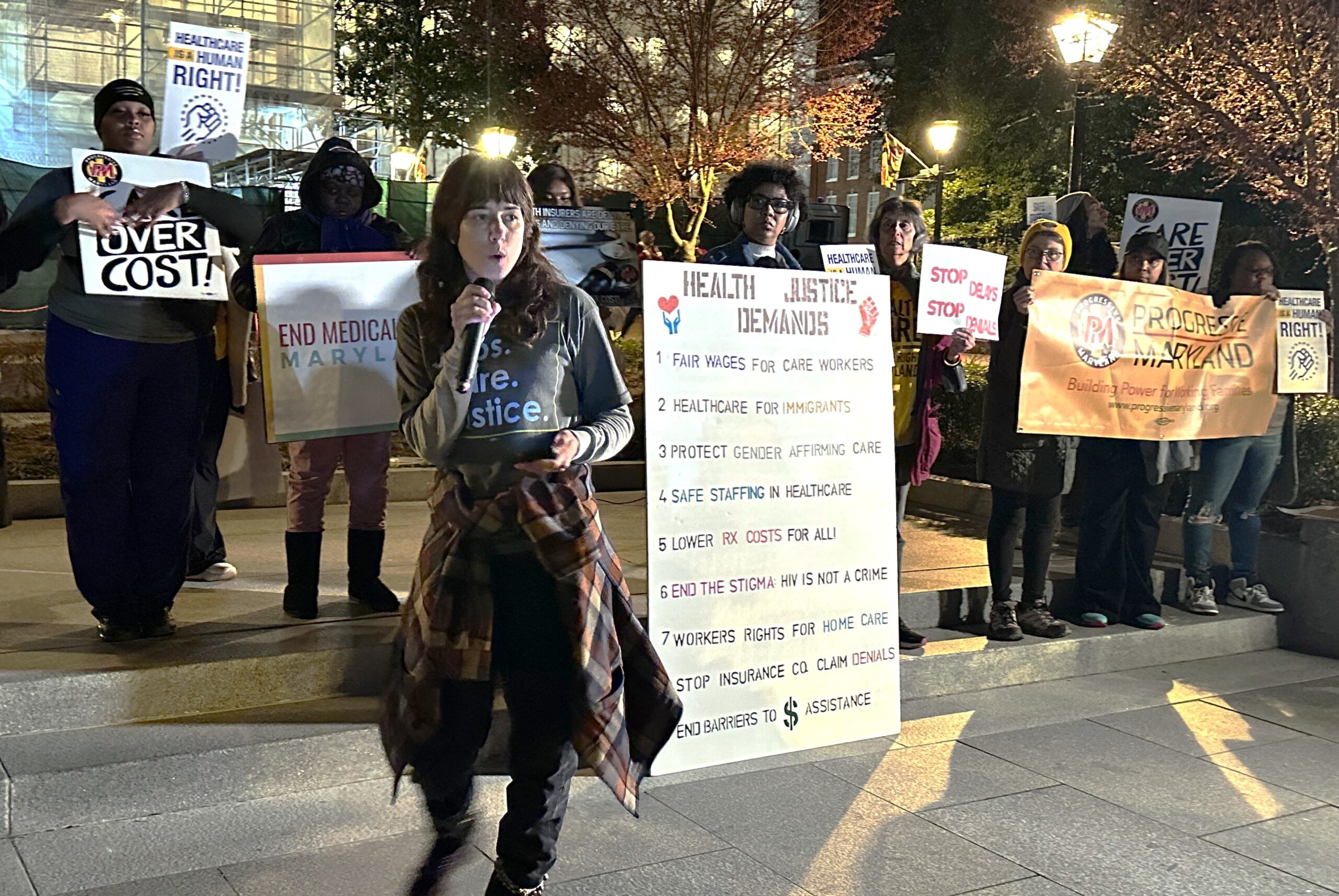
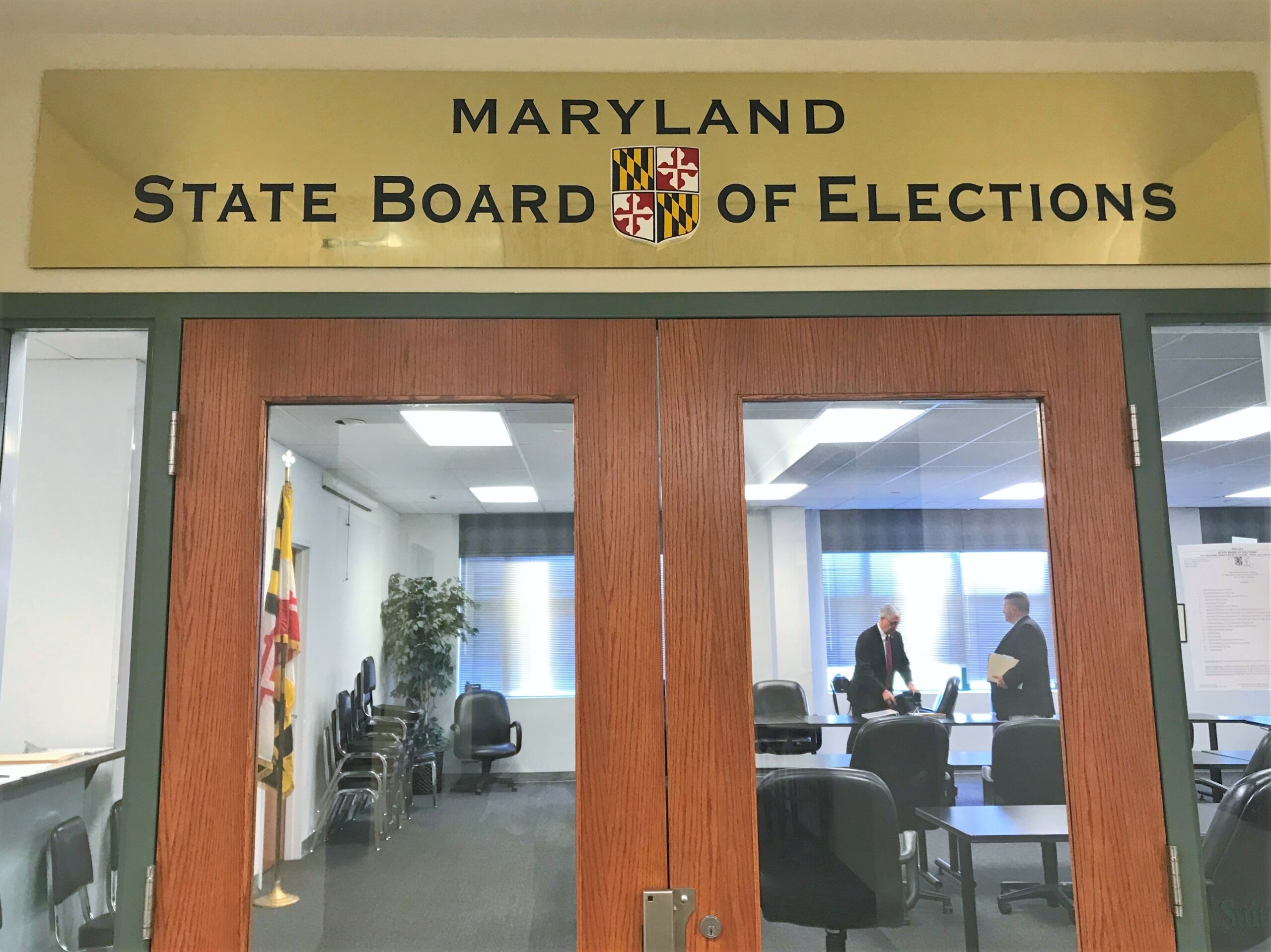
 Creative Commons Attribution
Creative Commons Attribution